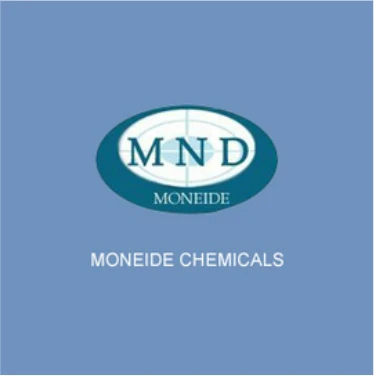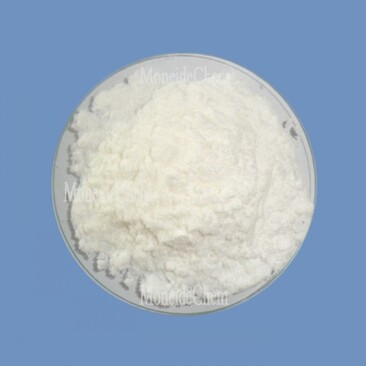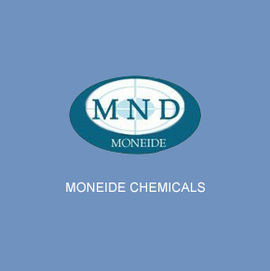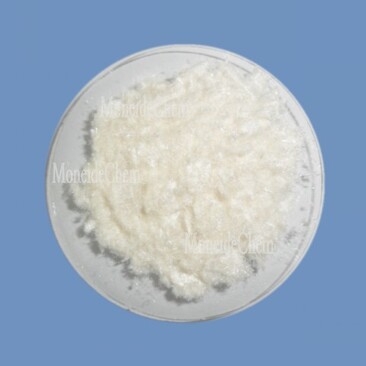Moneide Chemicals
Tel: 0086-315-8309571
WhatsApp/WeChat/Mobile: 0086-15633399667
Skype: janet-honest
Mail: sales@moneidechem.com
Address: 2-7-523 Jidong Building Materials Commercial Center, Tangshan, Hebei 064000 China
4 Cyanobenzyl Bromide for Organic Synthesis Methyl & Butyl Triphenylphosphonium Bromides Supplier
- Time of issue:Nis . 24, 2025 14:57
(Summary description)Tangshan Moneide Trading Co., Ltd. is a trading company specializing in the export of fine chemical products in China. Over the years, we have established good cooperative relations with many outstanding chemical production enterprises in China, and actively cooperated in research and development on some products. Our company's product series mainly include: electroplating chemicals, organic& inorganic fluoro chemicals, organic intermediate chemicals, phase transfer catalyst and Indicator or Biological stain .
- Categories:Company dynamic
- Author:
- Origin:
- Time of issue:2019-12-30 10:55
- Views:
Did you know 45% of chemical manufacturers report production delays due to impure intermediates? When your synthesis hinges on reagents like 4 cyanobenzyl bromide (4 cyanobenzyl bromide) Our 4 cyanobenzyl bromide (CAS 17201-43-3) outperforms competitors with: Whether you need 5g samples or 500kg bulk orders of methyl triphenylphosphonium bromide, we adapt to you: 98% purity 99.8% purity See how PharmaCorp boosted API yields by 22% using our butyl triphenyl phosphonium bromide: Get free samples of our premium 4 cyanobenzyl bromide today - limited stock available! 🏆 Trusted by 300+ labs worldwide (4 cyanobenzyl bromide) A: 4-Cyanobenzyl bromide is commonly used as an alkylating agent, particularly in nucleophilic substitution reactions. It introduces the 4-cyanobenzyl group into target molecules. Its electron-withdrawing cyano group enhances reactivity in such transformations. A: The key difference lies in their alkyl chain lengths (methyl vs. butyl). Methyl triphenylphosphonium bromide is often used in Wittig reactions with smaller aldehydes, while the butyl analog provides longer alkyl chains in synthesized alkenes. Their solubility and reactivity vary with alkyl group size. A: Use gloves, goggles, and a fume hood due to its lachrymatory and irritant properties. Avoid skin contact and inhalation. Store in a cool, dry place away from moisture and strong bases. A: They form stable ylides when deprotonated, crucial for alkene formation. The alkyl group (methyl/butyl) determines the resulting alkene's structure. These salts enable precise control over carbon-carbon double bond positions. A: No—4-cyanobenzyl bromide is moisture-sensitive and reactive, while phosphonium salts are hygroscopic. Store separately in airtight containers with desiccants. Avoid cross-contamination to prevent unintended reactions.
, quality isn't optional - it's existential. One contaminated batch could cost $250k+ in lost productivity. Ready to eliminate these risks?
Technical Superiority That Accelerates R&D
Head-to-Head: Why We Beat Methyl/Butyl Triphenylphosphonium Bromide
Tailored Solutions for Your Unique Needs
Standard Grade
Ideal for pilot studiesPremium Grade
GMP-compliantProven Success Across Industries
"Their 4 cyanobenzyl bromide reduced our purification steps from 5 to 2, saving $380k annually."
Ready to Transform Your Chemical Workflows?

FAQS on 4 cyanobenzyl bromide
Q: What is the primary use of 4-cyanobenzyl bromide in organic synthesis?
Q: How does methyl triphenylphosphonium bromide differ from butyl triphenylphosphonium bromide?
Q: What safety precautions are required when handling 4-cyanobenzyl bromide?
Q: Why are triphenylphosphonium salts like methyl/butyl derivatives important in Wittig reactions?
Q: Can 4-cyanobenzyl bromide and triphenylphosphonium salts be stored together?



























